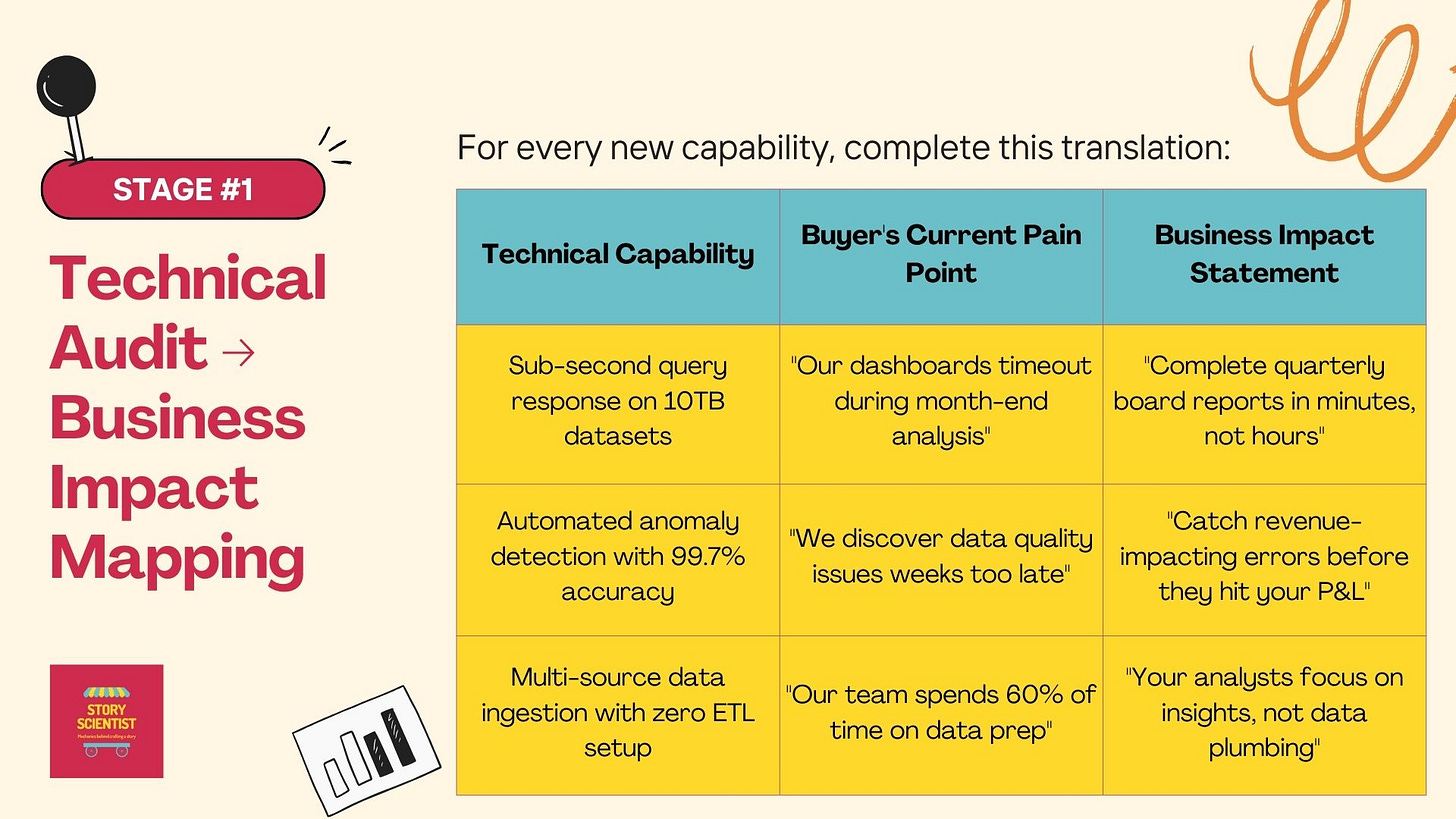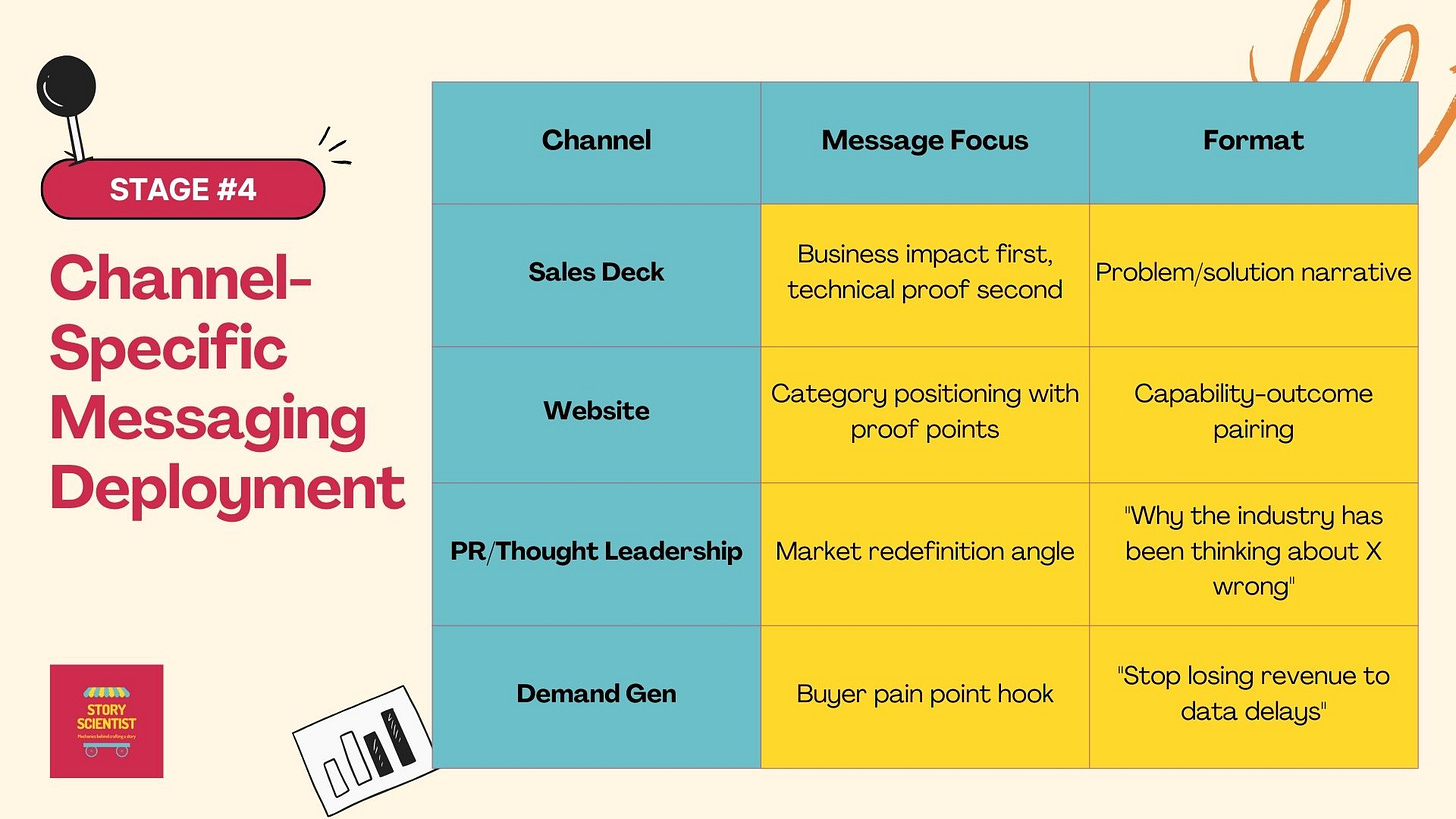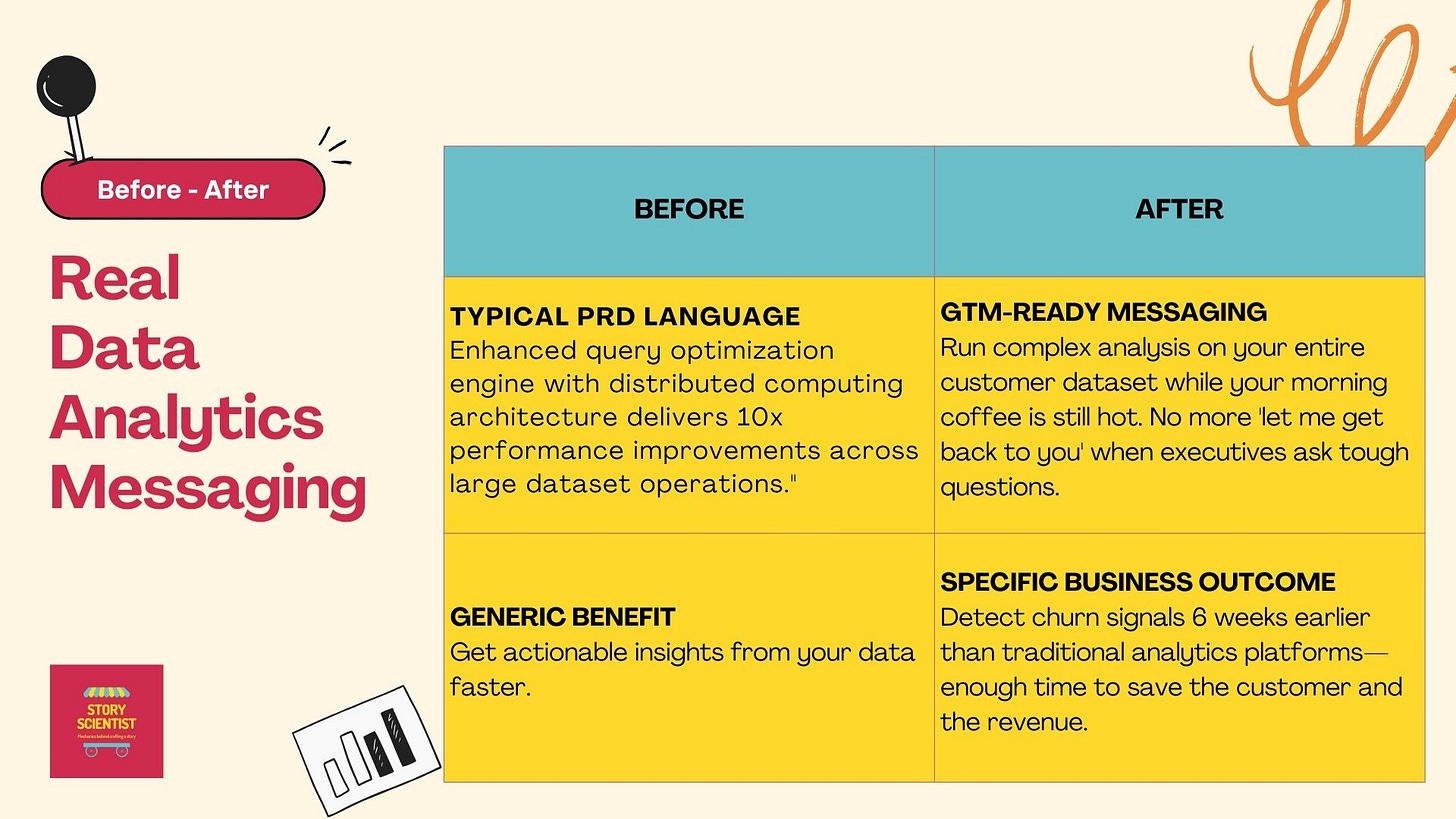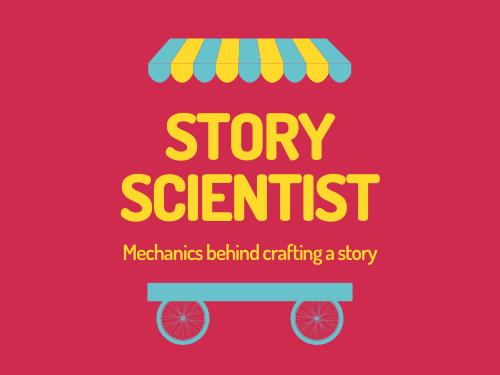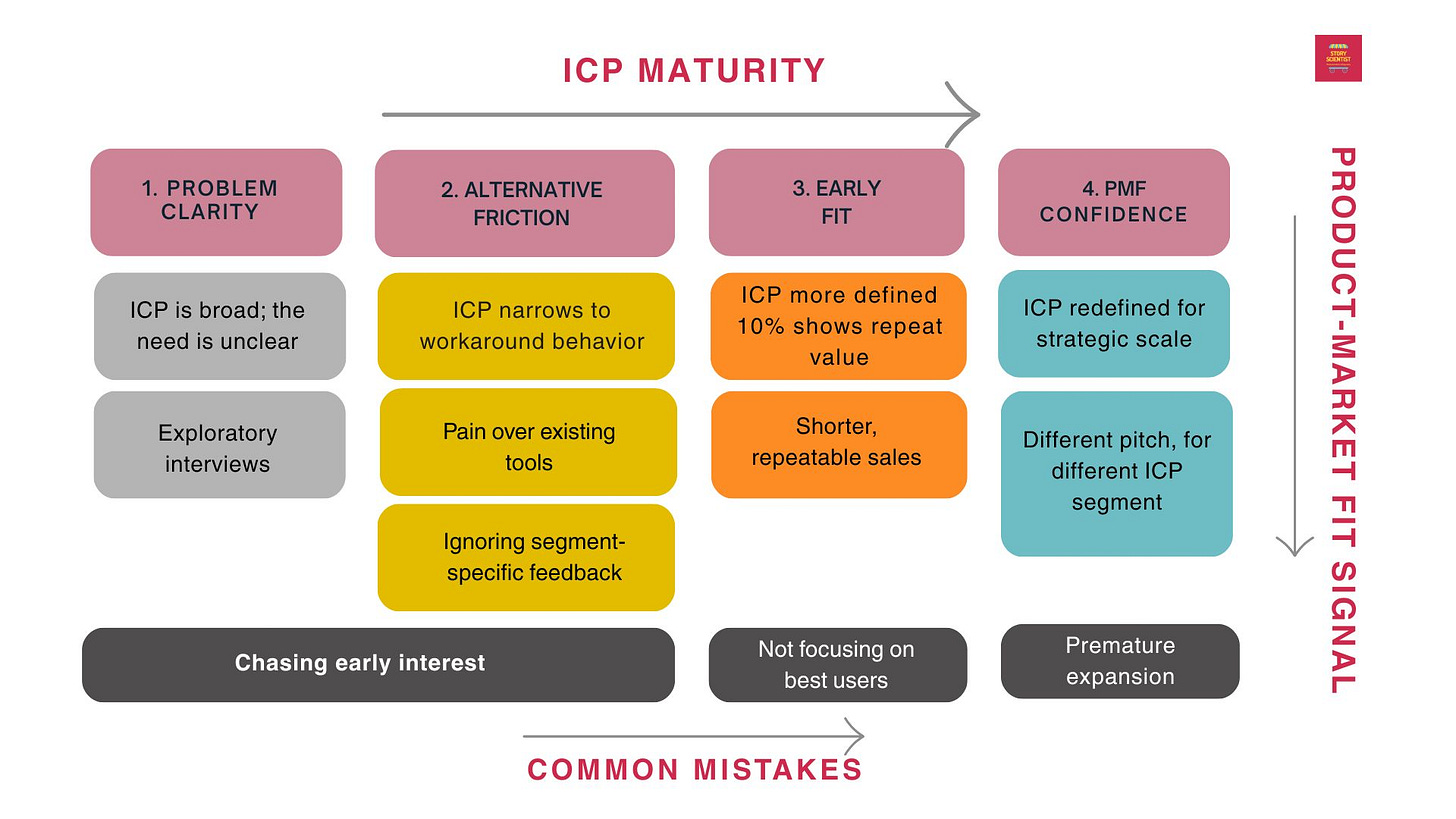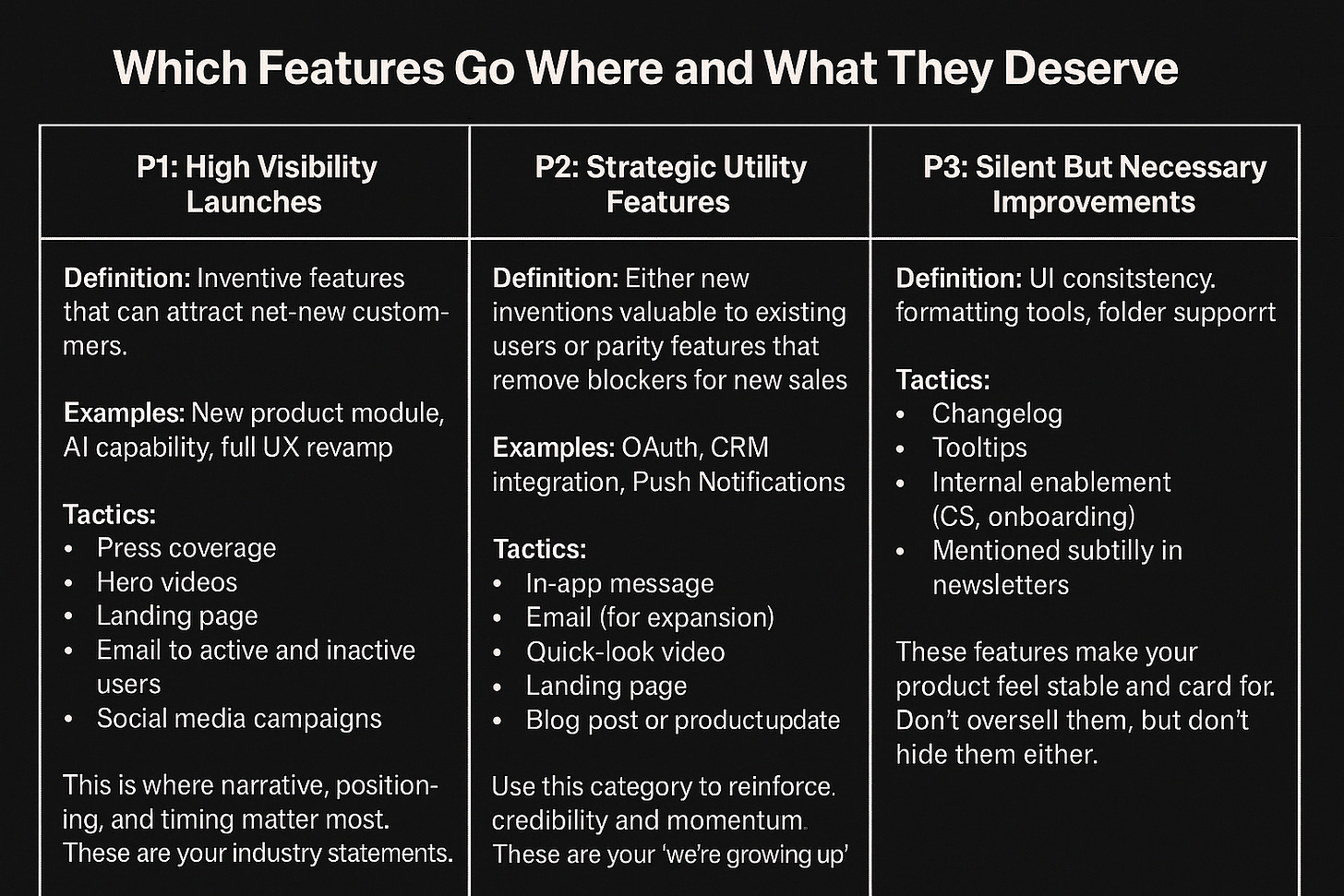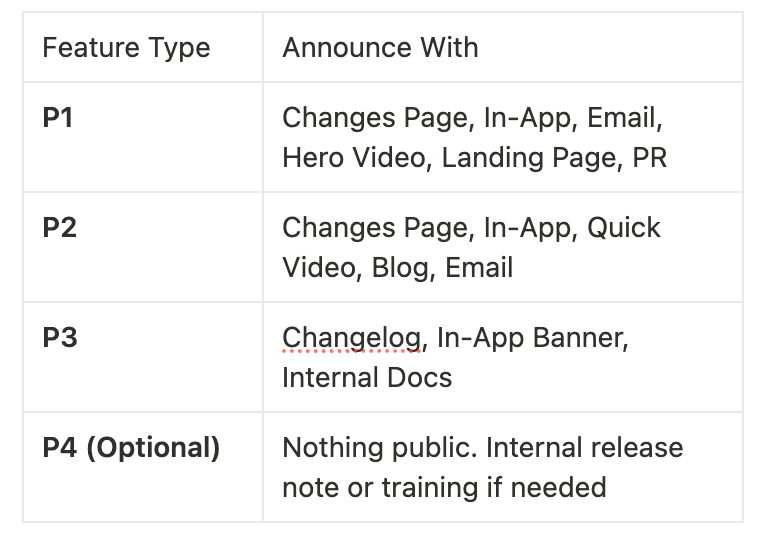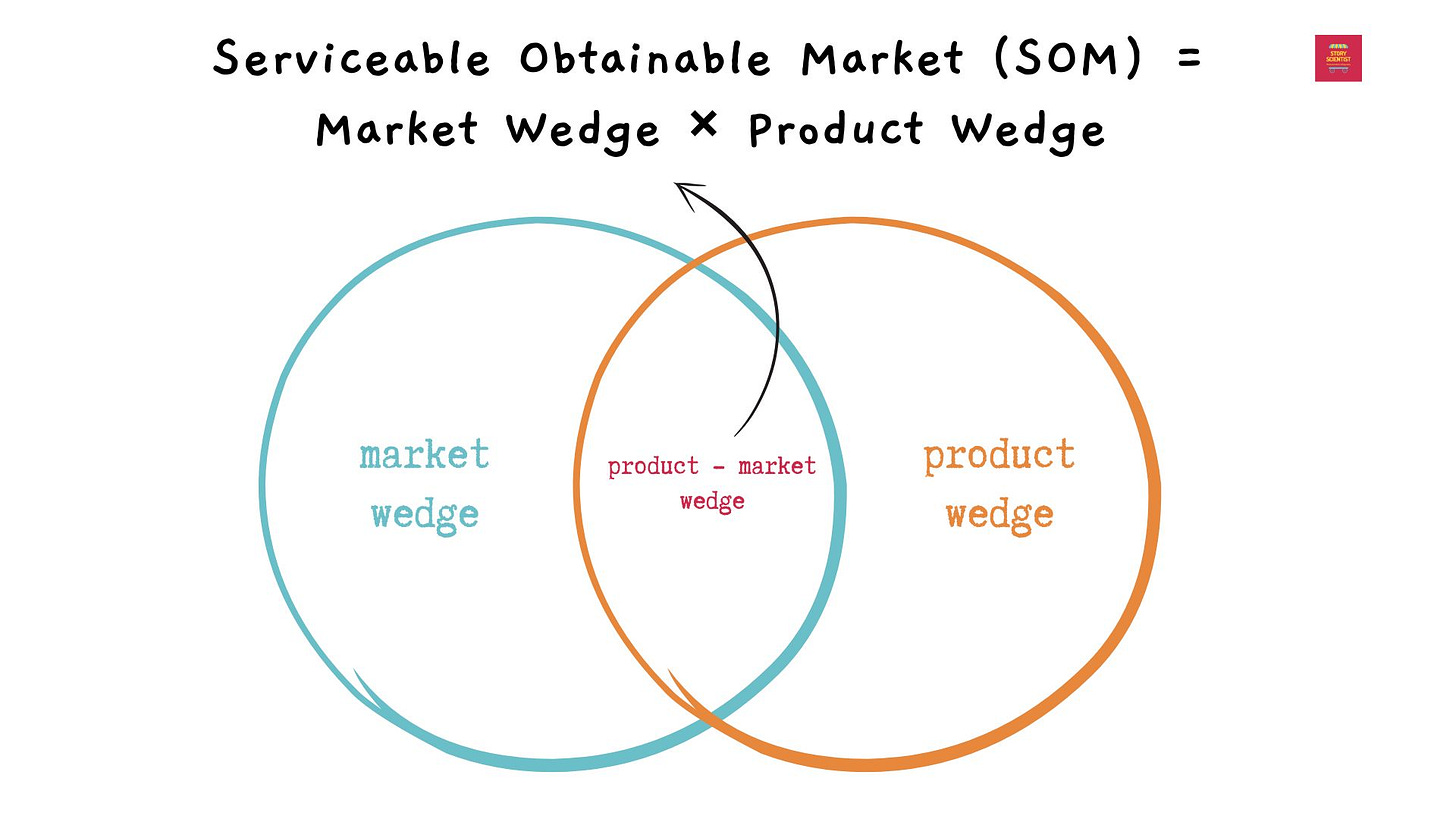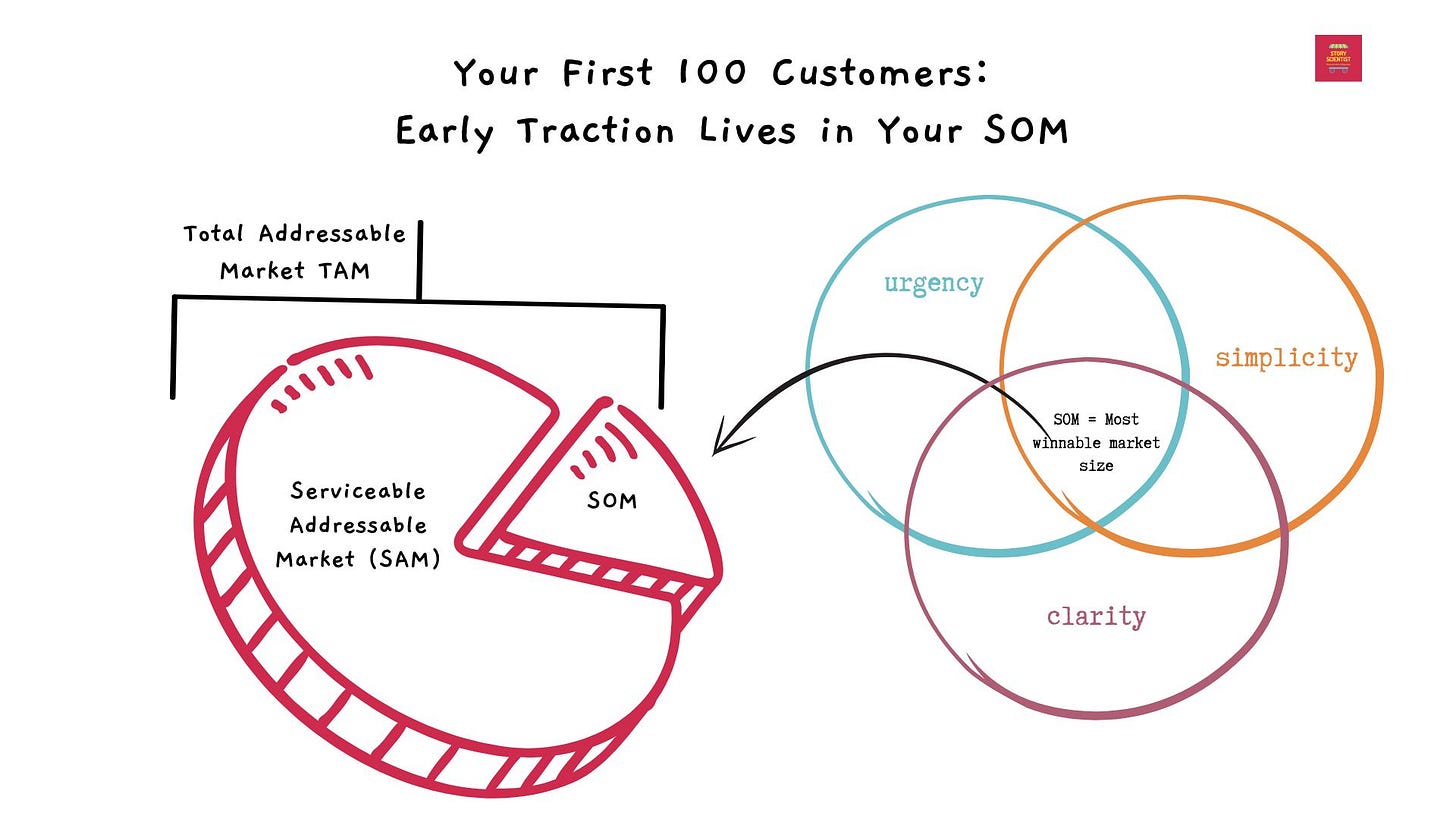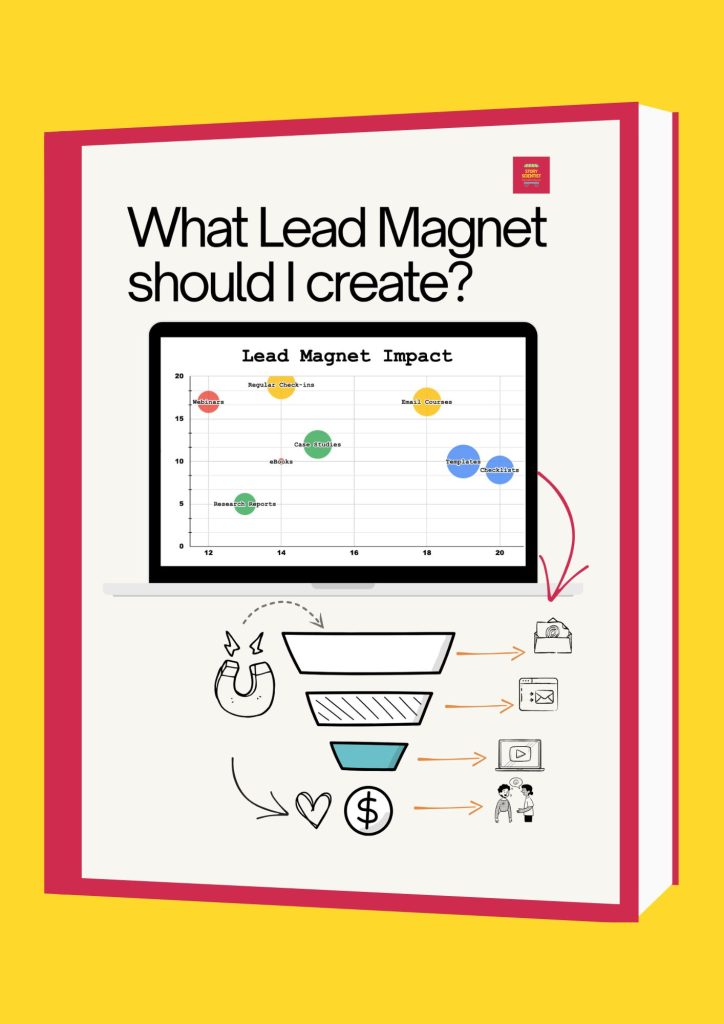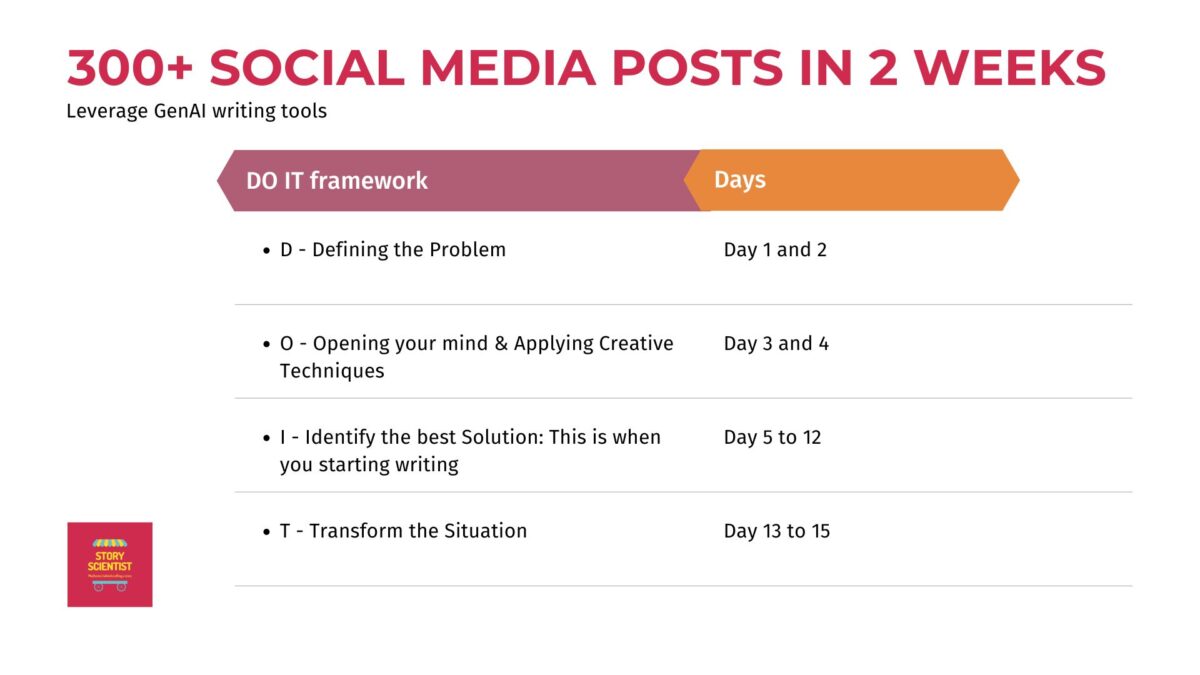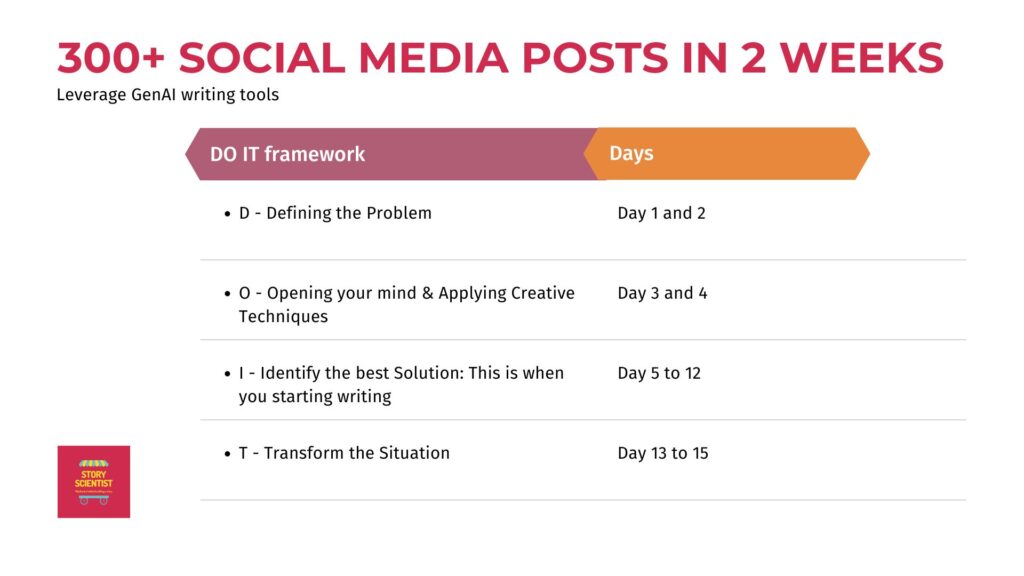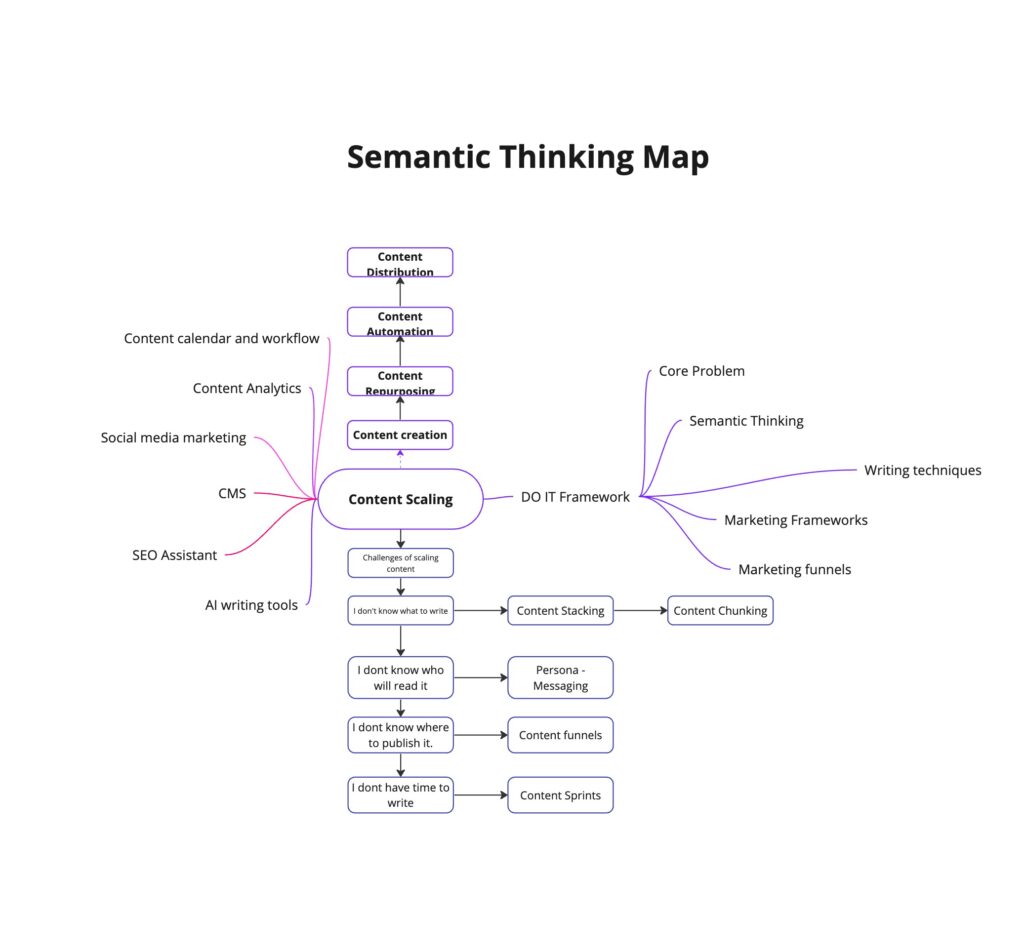If you are on your own as a Freelance Content Writer, then you need to build a strong and secure infrastructure for yourself. To make that happen you have to play a dual-role. I did this by not only wearing the hat of a creative geek, but also an investor. Investors think long-term. If I have to stick in this game, then I needed a diversified portfolio of clients. That was possible only with a ‘Double Niche Strategy’.
Having a double-niche as a freelance writer is like being a successful investor with a diversified portfolio. Just as savvy investors don’t put all their eggs in one basket, freelance writers shouldn’t solely rely on a single niche. Let’s take a cue from the investing legend, Warren Buffett. The richest man of the world for a very long time.
Diversified Client Portfolio: Inspired by Warren Buffet
Buffett is famous for his value investing approach, but he didn’t achieve his remarkable success by solely focusing on one sector or industry. Instead, he diversified his investments across various sectors, ranging from consumer goods to technology, ensuring that his portfolio was resilient to market fluctuations and shifts in consumer preferences.
Similarly, as a freelance writer, having a double-niche strategy will future-proof your long-term success. Your first niche acts as your cash cow, providing you with a steady stream of well-paying clients and projects in the short term. This niche should align with your current expertise and the immediate demand in the market.
Just as industries and consumer preferences evolve, so do writing trends and demands. This is where your second niche comes into play. By identifying and positioning yourself in an emerging, high-growth niche, you future-proof your career and ensure that you remain relevant and in-demand as the market shifts.
A Niche for now and for later: A sustainable Freelancing business
A double-niche strategy allows you to plan for both short-term and long-term financial goals. Your first niche should help you find high-paying clients for the current year and the next 2-3 years, while your second niche should position you for a more lucrative future, ensuring your dominance as a writer in that domain.
For example, my first niche has been marketing technology (MarTech), which gave me my first few high-paying clients immediately. My second niche was Artificial Intelligence (AI), a promising field with long-term growth potential. It is paying me now.
Imagine being a freelance writer specializing in marketing content for the e-commerce industry (your first niche) while simultaneously building expertise in the field of artificial intelligence (your second niche). As AI continues to revolutionize various industries, including e-commerce, your skills in this second niche will become increasingly valuable, opening doors to new opportunities and allowing you to command higher rates.
As a single freelance writer without human writing assistance, you can manage 5 to 8 high-paying clients simultaneously using this double-niche approach. The ideal strategy is to have 3-4 clients from your first niche and 2-3 clients from your second niche, allowing you to work on topics you love while diversifying your client portfolio.
Just as Buffett’s diversified portfolio has weathered economic storms and capitalized on emerging trends, your double-niche strategy will provide you with a stable income stream while positioning you for long-term success in an ever-evolving industry.
Remember, successful freelance writers are not just writers; they are strategic entrepreneurs who understand the importance of diversifying their skillset and staying ahead of the curve. By embracing the double-niche approach, you can build a future-proof, sustainable freelance writing business.
A double-niche allows you to plan for the current year and for the years to come.
How to identify and determine your ‘Double-Niche’?
Back in 2018, I didn’t have the privilege of GenAI. I did this over a period of 6 months. But today, you are a lucky writer since you are living in the era of GenAI. You can achieve all this in probably 1 hour only because I consider a coffee break during this exercise 😉
Step 1: Use topic modeling
My favorite GenAI tool for topic modeling: Claude AI
Topic modeling is a technique that helps identify the main topics or themes in a given text corpus. You can provide Claude with a set of articles, blog posts, or content related to your areas of interest or expertise. Don’t worry if you feel these interesting topics are scattered. They may not have a theme to begin with.
PROMPT ALERT:
“Here is a collection of articles on [topic]: [paste article text]. Can you identify the key topics and themes discussed in these articles using topic modeling?”
Claude can then analyze this content and suggest the prominent topics or themes. These topics can help you identify potential short-term or long-term niches. You can try ChatGPT 4o also to explore this prompt.
Step 2: Perform keyword research
Once you have these topics, identify the topic that resonates the most with. Choose a first niche topic where your strength lies. If you have a very difficult list, pick was seems the easiest and the most interesting. It has to be a low-hanging fruit which means you should be able to deliver great content effortlessly.
PROMPT ALERT:
“I’m interested in the topic of [topic from step 1]. Can you provide a list of relevant high-volume, low-competition keywords and their average pay rates or client budgets based on search data analysis?”
The AI will provide a list of keywords along with estimated pay rates, helping you identify lucrative niche areas.
In addition to identifying high-volume, low-competition keywords, analyze the average pay rates and client budgets associated with those keywords. This data can help you identify high-paying niches for your short-term and long-term goals.
Here is what it produced:
I used ChatGPT 4o for this.
Here are some relevant high-volume, low-competition keywords for the topic “GenAI for freelance content writers,” along with insights on their average pay rates or client budgets based on search data analysis.
High-Volume, Low-Competition Keywords
- AI Writing Tools for Freelancers
- Search Volume: High
- Competition: Low
- Average Pay Rate/Client Budget: $500 – $1,000 per project
- GenAI Content Creation for Writers
- Search Volume: Medium
- Competition: Low
- Average Pay Rate/Client Budget: $300 – $700 per project
- Freelance AI Content Writing Services
- Search Volume: High
- Competition: Low
- Average Pay Rate/Client Budget: $700 – $1,200 per project
- Using GenAI for Blog Writing
- Search Volume: Medium
- Competition: Low
- Average Pay Rate/Client Budget: $400 – $900 per project
- AI Tools for Copywriting
- Search Volume: High
- Competition: Low
- Average Pay Rate/Client Budget: $500 – $1,100 per project
Insights and Recommendations
- Keyword Difficulty and Search Volume:
- According to SEO analysis tools like SEMrush and Similarweb, focusing on keywords with a keyword difficulty (KD) score below 30 is ideal for new or less authoritative sites. These keywords typically have lower competition and are easier to rank for.
- Long-Tail Keywords:
- Long-tail keywords often have lower competition and clearer search intent, making them valuable for attracting targeted traffic that is more likely to convert.
- Search Intent:
- It’s important to consider search intent when selecting keywords. Keywords with commercial or transactional intent (e.g., “AI writing tools for freelancers”) are more likely to attract potential clients looking to purchase services or tools.
Suggested Strategy
- Blog Content: Create blog posts targeting these high-volume, low-competition keywords. Optimize your content for SEO by including these keywords naturally in your titles, headings, and throughout your articles.
- Paid Workshops and Webinars: Mention your paid workshops and webinars in blog posts related to ICP and pricing chapters. Use clear and compelling CTAs to drive sign-ups.
- Tracking and Adjusting: Use tools like Google Analytics and SEMrush to track the performance of your keywords and adjust your strategy based on what works best.
By targeting these specific keywords, you can increase your chances of ranking higher in search results and attracting clients willing to pay premium rates for your freelance writing services.
For more details on finding and utilizing high-volume, low-competition keywords, you can refer to sources like Ahrefs and SEMrush.
My subsequent PROMPT: What do you mean by per project?
When I refer to “per project,” I mean the payment structure where freelancers are paid a fixed amount for completing a specific piece of work or project, rather than being paid by the hour or per word. Here are some examples to clarify this concept in the context of freelance content writing:
- Blog Writing Project: A client might pay a freelance writer $500 to write a comprehensive blog post of 2000 words, including research, writing, and revisions.
- Ebook Creation: A freelance writer could be paid $1000 to create a 20-page ebook, covering everything from the initial outline to the final draft.
- Website Content: A freelancer might be paid $700 to write the content for a new website, including the homepage, about page, services page, and contact page.
In these examples, the “per project” rate is a lump sum paid to the freelancer upon the completion of the agreed-upon work, regardless of how many hours it takes to complete. This payment method is often preferred for its simplicity and clarity, both for the client and the freelancer.
Average Pay Rates or Client Budgets for Keywords
- AI Writing Tools for Freelancers
- Average Pay Rate/Client Budget: $500 – $1,000 per project
- Details: This range might cover projects like writing detailed guides, creating content for marketing materials, or developing AI-based writing tutorials.
- GenAI Content Creation for Writers
- Average Pay Rate/Client Budget: $300 – $700 per project
- Details: This could involve projects like creating GenAI-enhanced articles, developing AI-driven content strategies, or producing AI-generated content samples.
- Freelance AI Content Writing Services
- Average Pay Rate/Client Budget: $700 – $1,200 per project
- Details: These projects might include comprehensive content packages, ongoing AI-driven content creation, or specialized AI content writing for niche markets.
- Using GenAI for Blog Writing
- Average Pay Rate/Client Budget: $400 – $900 per project
- Details: Projects in this range typically involve writing blog posts optimized with AI tools for SEO, creating AI-assisted blog content, or producing high-quality blog series.
- AI Tools for Copywriting
- Average Pay Rate/Client Budget: $500 – $1,100 per project
- Details: This could include creating AI-optimized copy for websites, AI-enhanced marketing copy, or developing AI-based copywriting strategies.
By understanding these rates and applying them to the relevant high-volume, low-competition keywords, you can better position yourself in the market and set competitive pricing for your freelance content writing services.
Step 3: Analyze trends with ChatGPT 4o
This step is to identify long-term niches, to analyze industry trends, emerging technologies, or social movements that align with your interests or expertise. GenAI tools can scan through relevant publications, reports, and online discussions to identify promising long-term trends that you could potentially specialize in.
PROMPT ALERT:
To identify long-term niches, use a prompt like:
“Can you analyze industry trends, emerging technologies, or social movements related to [topic from step 1] by scanning relevant publications, reports, and online discussions? Provide insights on promising long-term trends or focus areas.”
Here is what it produced
Industry Trends and Emerging Technologies in GenAI for Freelance Writers
Promising Long-Term Trends:
- Augmented Content Creation:
- Trend: GenAI is revolutionizing content creation by automating routine tasks, enabling freelancers to focus on more strategic and creative aspects of their work. Tools like ChatGPT and Jasper are being increasingly adopted for generating high-quality content efficiently.
- Insight: By integrating GenAI tools into their workflow, freelance writers can enhance productivity and produce content at scale while maintaining quality.
- Personalization and Customization:
- Trend: GenAI is facilitating the creation of personalized content that resonates with target audiences. This includes tailoring blog posts, marketing copy, and social media content to individual preferences and behaviors.
- Insight: Freelancers who leverage GenAI for personalized content can differentiate themselves in the market, offering clients highly targeted and effective communication strategies.
- Ethical AI and Transparency:
- Trend: As the use of GenAI expands, there is a growing emphasis on ethical AI practices, including transparency, bias mitigation, and inclusivity. Companies are forming AI ethics committees to oversee the responsible use of AI.
- Insight: Freelance writers who stay informed about ethical AI practices and incorporate them into their services can build trust with clients and position themselves as responsible and forward-thinking professionals.
- Upskilling and Adaptability:
- Trend: The rapid advancement of GenAI technologies necessitates continuous learning and upskilling. Freelancers are expected to understand and utilize these tools effectively.
- Insight: Investing in learning about GenAI and its applications can provide freelance writers with a competitive edge, enabling them to offer cutting-edge services and stay relevant in the evolving market.
Emerging Technologies:
- AI Writing Assistants:
- Examples: Jasper, ChatGPT, and Writesonic are popular AI writing tools that assist in generating ideas, drafting content, and editing.
- Impact: These tools help freelancers save time, improve content quality, and enhance creativity by providing suggestions and automating repetitive tasks.
- Content Optimization Tools:
- Examples: Tools like Grammarly and Hemingway are integrating GenAI to provide advanced grammar checks, style suggestions, and readability enhancements.
- Impact: These technologies ensure that the content produced is polished, error-free, and aligned with the intended tone and audience preferences.
- AI-Driven Market Analysis:
- Examples: Platforms like SEMrush and Ahrefs use AI to analyze market trends, identify high-volume, low-competition keywords, and provide insights into content performance.
- Impact: Freelancers can use these insights to create content that is both relevant and optimized for search engines, increasing their visibility and attracting more clients.
- Generative Design Tools:
- Examples: Canva and Adobe Spark are incorporating AI to assist in creating visually appealing graphics and multimedia content.
- Impact: These tools enable freelance writers to enhance their written content with professional-quality visuals, making their offerings more comprehensive and attractive to clients.
By staying abreast of these trends and technologies, freelance writers can harness the power of GenAI to enhance their services, improve efficiency, and meet the evolving demands of the market. Investing in GenAI tools and upskilling will be crucial for long-term success and competitiveness in the freelance writing industry.
Sources:
- McKinsey, “The competitive advantage of generative AI” (2024)
- World Economic Forum, “GenAI will be worth trillions. Here’s a roadmap for harnessing it” (2024)
- Boston Consulting Group, “From Potential to Profit with GenAI” (2024)
Step 4: Evaluate niche profitability
Use Gen AI to evaluate the profitability and earning potential of your identified niches. Analyze factors such as average project values, client budgets, and growth projections to choose the most lucrative niches for your double-niche strategy.
Use a PROMPT like:
“For the following niches: [list niches from previous steps], can you analyze factors such as average project values, client budgets, and growth projections to help me choose the most lucrative options for my short-term and long-term goals as a freelance content writer?” Using price parity principles, please generate this for freelancer content writers living in India. Also show how it is for clients in USA.
The AI will provide an analysis of the profitability and earning potential of each niche, helping you make an informed decision.
Here is an example of how this prompt responds:
For the niches: [Gen AI, fintech, martech], here is an analysis of factors like average project values, client budgets, and growth projections to help you choose the most lucrative options for your short-term and long-term goals as a freelance content writer:
Gen AI:
- Average Project Value: $5,000 – $15,000 (writing whitepapers, ebooks, case studies)
- Client Budgets: Tend to be higher for enterprise clients ($10,000+) compared to startups/SMBs ($3,000 – $8,000)
- Growth Projections: Extremely high growth expected (20%+ CAGR) as AI adoption increases across industries
Fintech:
- Average Project Value: $3,000 – $10,000 (blog writing, marketing content, product descriptions)
- Client Budgets: $5,000 – $20,000 typical range for fintech startups/companies
- Growth Projections: High growth (15%+ CAGR) driven by digital payments, blockchain, open banking
Martech:
- Average Project Value: $2,000 – $8,000 (case studies, whitepapers, ebooks)
- Client Budgets: $3,000 – $15,000 for martech companies/agencies
- Growth Projections: Steady growth (10-12% CAGR) as marketing automation continues evolving
Based on this analysis, Gen AI appears to be the most lucrative long-term niche with extremely high growth potential and clients with larger budgets for high-value content projects like whitepapers and ebooks.
For the short-term, Fintech could be a good option with decent average project values and client budgets across startups/companies in this fast-growing space.
Martech, while still a viable niche, may have relatively lower average project values and growth compared to Gen AI and Fintech.
So a potential double-niche strategy could be: Short-Term (1-3 years): Fintech Long-Term (3+ years): Gen AI
This allows you to earn well in the short-run in Fintech while positioning yourself as an authority in the rapidly emerging Gen AI space for long-term dominance and higher earning potential.
Here is an analysis for Indian freelance content writers with pricing in Indian Rupees for the niches: [Gen AI, fintech, martech]:
Gen AI:
- Average Project Value: ₹3,50,000 – ₹10,50,000 (writing whitepapers, ebooks, case studies)
- Client Budgets: Tend to be higher for enterprise clients (₹7,00,000+) compared to startups/SMBs (₹2,10,000 – ₹5,60,000)
- Growth Projections: Extremely high growth expected (20%+ CAGR) as AI adoption increases across industries
Fintech:
- Average Project Value: ₹2,10,000 – ₹7,00,000 (blog writing, marketing content, product descriptions)
- Client Budgets: ₹3,50,000 – ₹14,00,000 typical range for fintech startups/companies
- Growth Projections: High growth (15%+ CAGR) driven by digital payments, blockchain, open banking
Martech:
- Average Project Value: ₹1,40,000 – ₹5,60,000 (case studies, whitepapers, ebooks)
- Client Budgets: ₹2,10,000 – ₹10,50,000 for martech companies/agencies
- Growth Projections: Steady growth (10-12% CAGR) as marketing automation continues evolving
Based on this analysis for Indian freelance writers, Gen AI appears to be the most lucrative long-term niche with extremely high growth potential and clients with larger budgets for high-value content projects like whitepapers and ebooks.
For the short-term, Fintech could be a good option with decent average project values and client budgets across startups/companies in this fast-growing space.
Martech, while still a viable niche, may have relatively lower average project values and growth compared to Gen AI and Fintech.
A potential double-niche strategy could be: Short-Term (1-3 years): Fintech Long-Term (3+ years): Gen AI
This allows you to earn well in the short-run in Fintech while positioning yourself as an authority in the rapidly emerging Gen AI space for long-term dominance and higher earning potential as an Indian freelance content writer.
Step 5: Refine and finalize your double niche
Based on the insights from the previous steps, refine your niche selection. Your short-term niche should be narrow enough to allow you to quickly establish expertise and attract clients, while your long-term niche should have growth potential and align with your long-term interests or goals.
By leveraging GenAI tools to strategically choose your double niche, you can position yourself for immediate financial success while also securing your long-term earning potential as a freelance content writer.
If you are curious to know my story, how I arrived at my ‘Double Niche’ in a age when there was no GenAI, find the story here.

